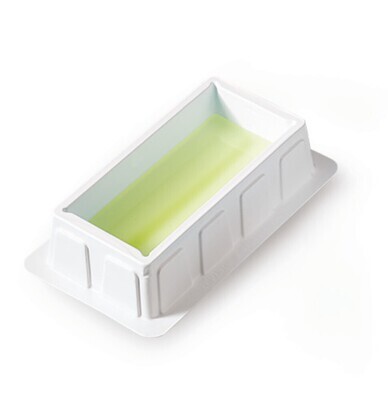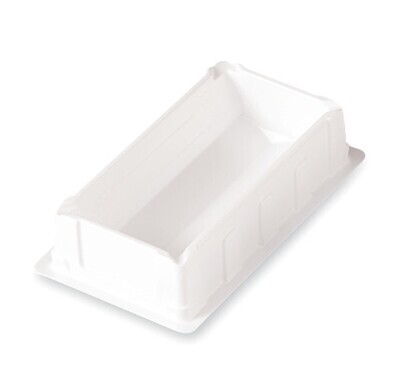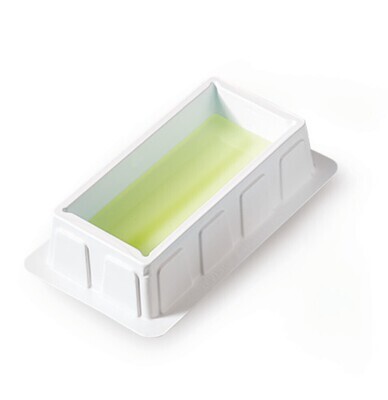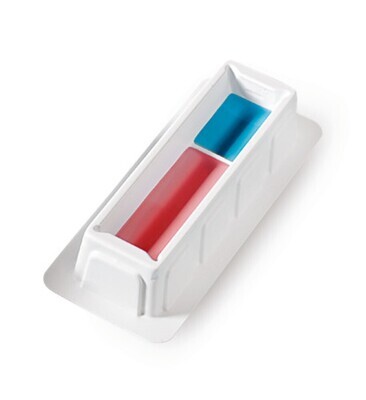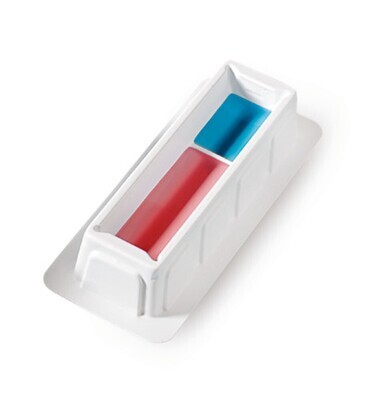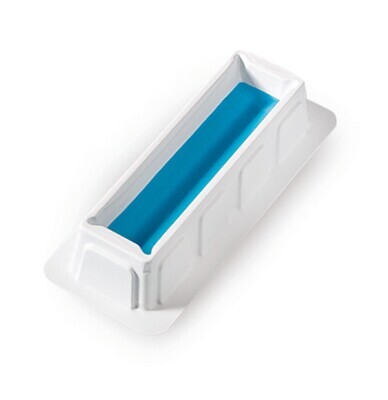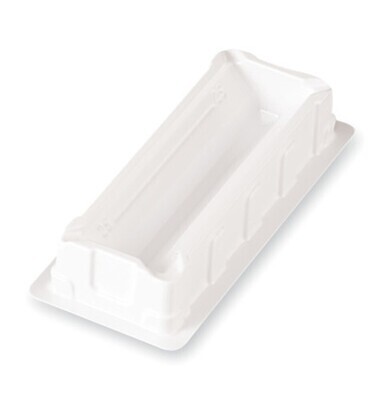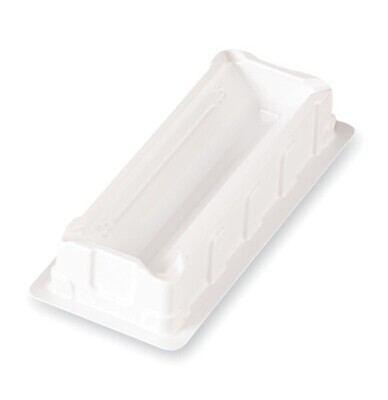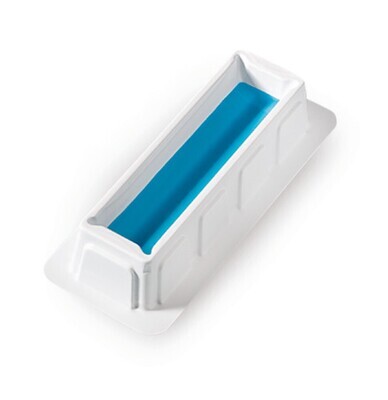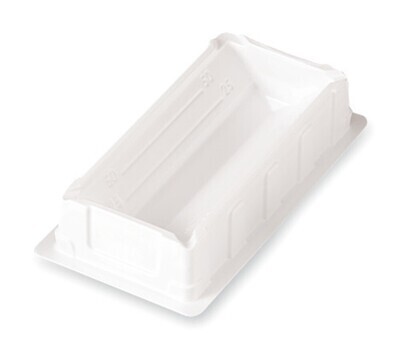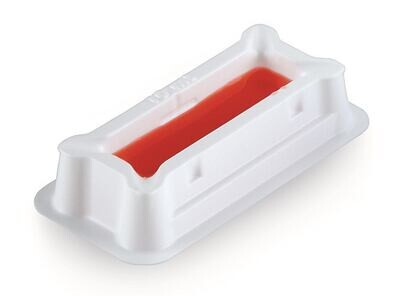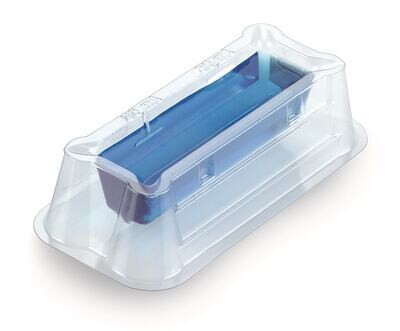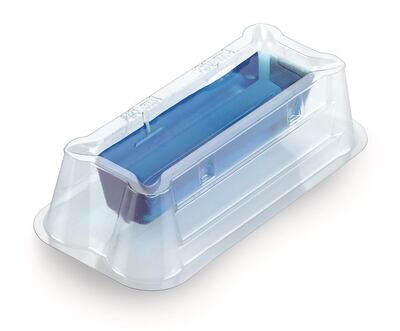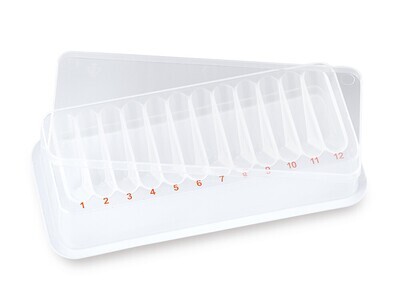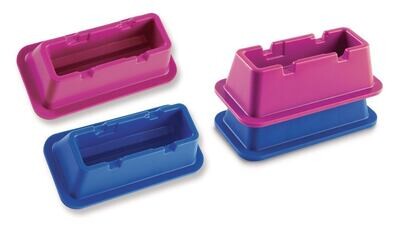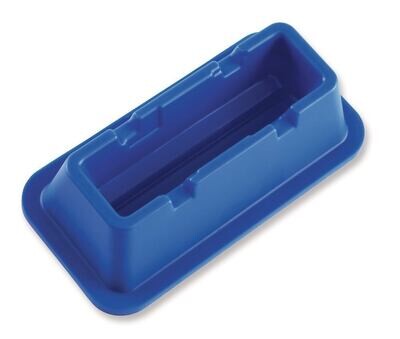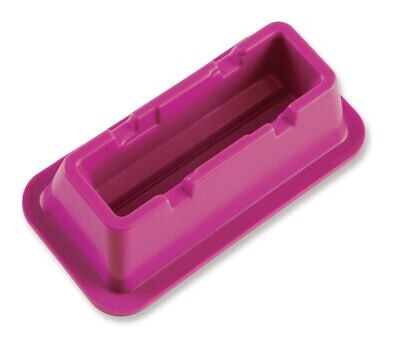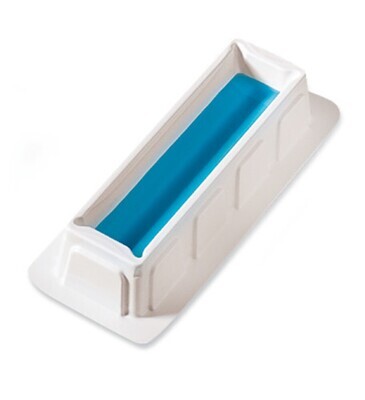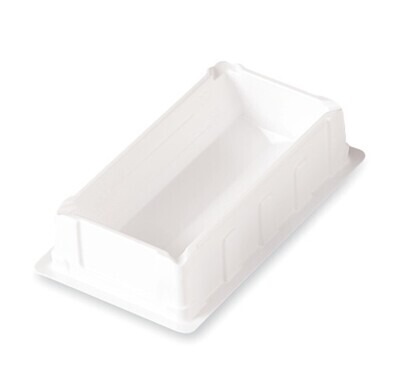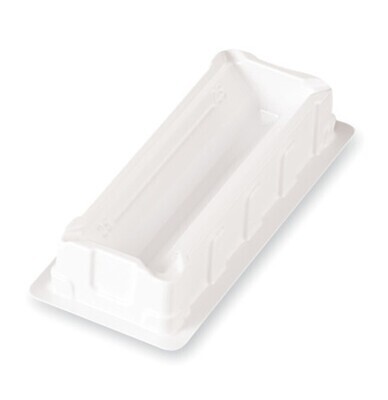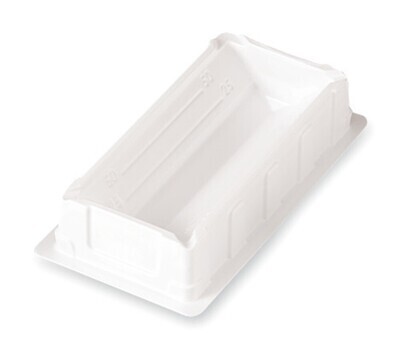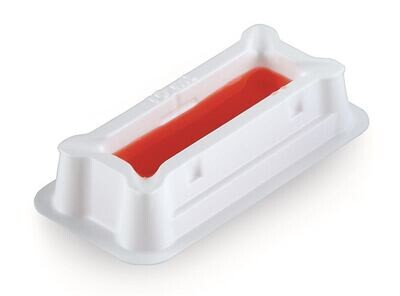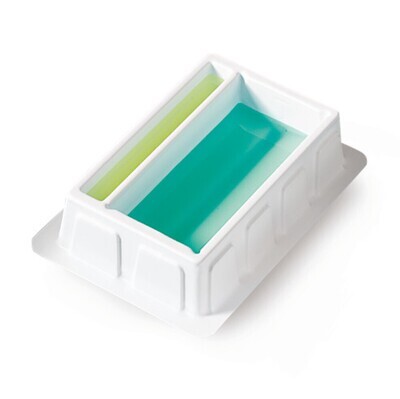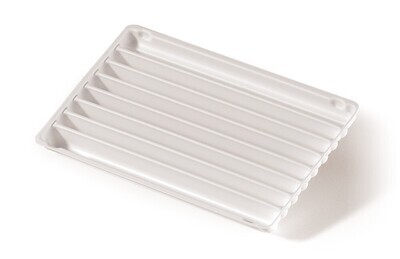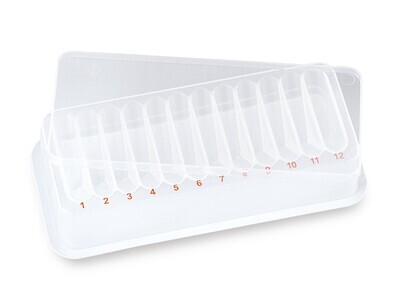Verzending 24–48 u • Levering in de hele EU • Veilige chemieverpakking
Reagent reservoirs
Reagent reservoirs are essential laboratory supplies used in various scientific disciplines, such as biology, chemistry and biochemistry. These reservoirs are designed to measure and deliver an accurate and controlled volume of fluids during experiments and analyses. A reagent reservoir usually consists of a flat, rectangular plastic plate with multiple wells or compartments. Each compartment has a specific capacity, ranging from a few milliliters to a few tens of milliliters. This capacity can be adjusted to the needs of the experiment. The use of reagent reservoirs offers several advantages. First, they ensure accurate and consistent measurement of liquids. The compartments are often provided with graduations, allowing researchers to measure the exact amount of reagent. This minimizes the chance of human error and increases the reliability of the results. In addition, reagent reservoirs help reduce cross-contamination between different reagents. Because each compartment can be used separately, researchers can place different reagents in separate compartments to prevent them from coming into contact with each other. This is especially important when working with sensitive samples or when performing multiple analyzes simultaneously. In addition, reagent containers are often stackable, making them easy to store and organize. This saves valuable laboratory space and makes it easier to keep an overview of the reagents used. The use of reagent reservoirs is not limited to specific experiments or analyses. They can be used in a variety of applications, such as measuring volumes for PCR reactions, diluting samples, mixing reagents, and adding solvents to samples. In short, reagent reservoirs are indispensable tools in the laboratory. They provide accurate measurements, reduce cross-contamination and ensure efficient organization of reagents. Whether you are a biologist, chemist or biochemist, reagent reservoirs are a must-have for any laboratory professional. Invest in quality reagent reservoirs and improve the accuracy and reliability of your experiments and analyses.
Refine by
Display prices in:EUR



